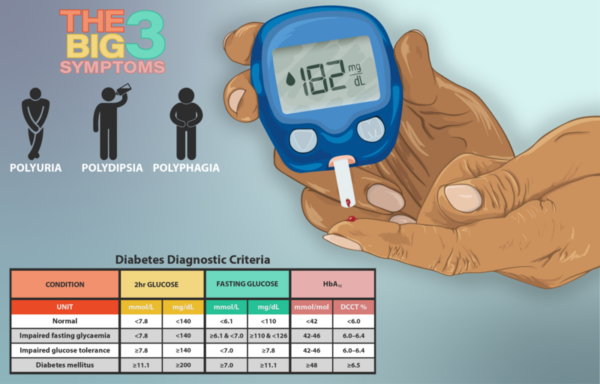“Hidden fat” at first glance doesn’t look like a bad thing. Who wants to have everyone see where your fat is? But for Asian Americans Pacific Islanders and the Filipino, South Asian, and Pacific Islander subgroups in particular, fat tends to be stored around the liver and other internal organs, making these groups more vulnerable to diabetes and less likely to be diagnosed if their BMI or waistlines or A1C tests look normal and do not indicate diabetes. This is becoming an increasing concern as the number of Asian Americans with diabetes is on the rise.
These articles from NPR discuss two Asian American researchers in particular working to understand how diabetes works in their communities. The first is Dr. Alka Kanaya who explains how hidden fat works. Rather than ending up in the hips or thighs, fat tends to be “in all the wrong places” such as “in the liver, around the abdominal organs, in the muscle, around the heart.” We have talked before about some her work with the South Asian Americans in the MASALA project.
The second is Maria Rosario Araneta, who first noticed the problem when she heard that many Filipino American Navy men who weren’t overweight and sedentary were hospitalized with kidney damage from diabetes. This hit home for her, as she is Filipino American and has a father and grandmother who had diabetes and were thin. Another problem that Araneta has found is that the common tests for diabetes, the A1C test, does not find diabetes in many Asian Americans using the standard scale.
This article is also hits home for me as Filipino American. My father is not overweight and is active yet has diabetes. We have done many stories on the increased vulnerability of Asian Americans to diabetes compared to the general population. I know many many Filipino Americans who are diabetic, and this study shows that many are undiagnosed. I also work with many South Asians who may be vulnerable to these same sort of problems.
The article suggests that in the long term, more studies of different Asian subgroups would be useful. In the near team, increased monitoring is importing. This includes checking for diabetes with Asian Americans with BMI at 23, and doing further diabetes tests for Asian Americans in the “pre-diabetes” A1C range. Also, I have noticed that while many Filipino Americans might not be overweight, they have poor lifestyle habits that involve consuming too much sugar and not exercising sufficiently. Lifestyle changes can make a difference. The article says that for some South Asians, the South Asian Healthy Lifestyle Intervention Program (SAHELI) program has made a big difference. The Joslin Asian American Diabetes Initiative website has many useful resources for Asian Americans concerned about diabetes.








